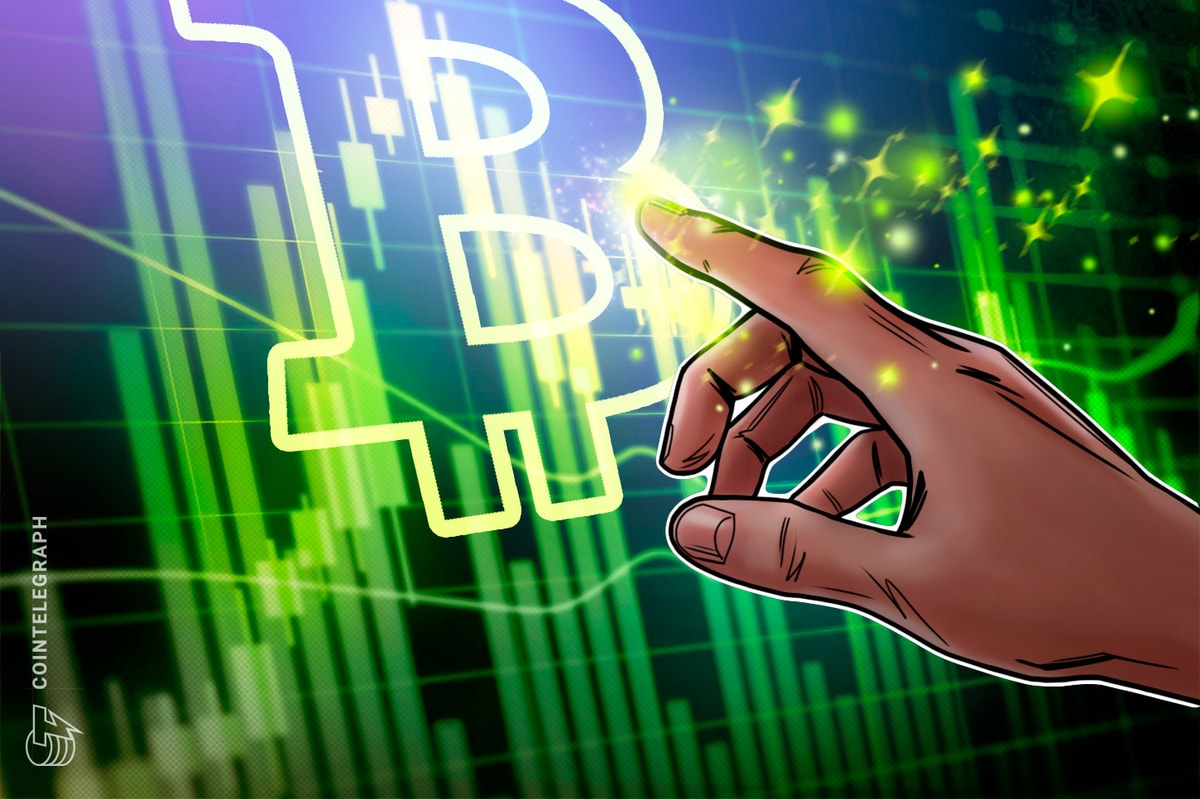Bitcoin (BTC) is up 2.4% since retesting the $59,900 support level on October 3, despite facing initial resistance at $62,000. The rise on October 4 was primarily driven by macroeconomic factors, including U.S. employment data, expectations of stimulus from Japan and growing concerns about the U.S. financial system.
The U.S. economy is booming, but financial conditions have worsened. Interestingly, the US dollar surged to 50-day highs against other major currencies, including the euro, British pound and Japanese yen.
Historically, the relationship between the US Dollar Index (DXY) and Bitcoin has been inversely correlated. But this latest move seems to defy that pattern.
DXY Index (green) and Bitcoin/USD (blue). Source: TradingView
One possible explanation for this anomaly is the “milkshake theory,” which postulates that the U.S. dollar is absorbing excess global liquidity by offering higher interest rates and demonstrating stronger economic fundamentals. As a result, the United States attracts capital from other countries, which strengthens the dollar even as investors look for alternative assets such as Bitcoin.
Better-than-expected US economic data further accelerated this trend. U.S. payroll data released Oct. 4 showed job openings rose by 254,000 in September, surpassing economists’ forecasts. These numbers put the U.S. economy ahead of other regions and strengthened the strength of the U.S. dollar.
At the same time, potential stimulus signals from Japan have heightened concerns about global economic growth. According to Reuters, Japanese Prime Minister Shigeru Ishiba reportedly ordered his cabinet members to draft an economic relief package.
This plan is expected to include financial support for low-income people and subsidies for local governments. This is a departure from Japan’s existing monetary policy, which has suffered from deflation over the past 30 years.
The risk of global inflation is rising as oil prices surge 9% each week due to the deepening conflict in the Middle East. Consumer prices are likely to rise due to rising transportation and logistics costs. If these cost increases continue, governments may need to inject more liquidity into markets to prevent a recession.
S&P 500 futures (orange) and WTI crude oil (purple). Source: TradingView
In this environment, Bitcoin could benefit from expectations of increased fiat supply. But the “flight-to-quality” phenomenon could limit those gains as investors wary of a potential recession seek refuge in companies that hold cash and are better positioned to ride out a slowdown.
Bitcoin and the stock market act as hedges.
The S&P 500 is not traditionally considered a risk-averse asset, but given the high profit margins and strong balance sheets of major technology companies like Apple, Google, and Microsoft, these stocks are considered safer options compared to real estate or corporations. debt. This is especially true as investors expect U.S. Treasury yields to rise further in the near future.
Billionaire investor Stanley Druckenmiller has expressed concern that the U.S. Federal Reserve is “locked in” on further interest rate cuts given the current strength of the U.S. economy, according to a Bloomberg article. Moreover, Druckenmiller said he has 15% to 20% of his portfolio allocated to betting on rising U.S. Treasury yields, MarketWatch reports.
US 2-year Treasury bond yield. Source: TradingView
In this scenario, purchasing debt instruments backed by stock markets and alternative assets such as Bitcoin becomes less attractive to investors. More importantly, concerns about the U.S. financial market have grown as the Federal Reserve’s use of repurchase agreements has increased.
These contracts allow eligible financial institutions to trade bonds for emergency cash, acting as a safety valve to avoid direct market intervention while keeping interest rates in check. But analysts cited by Reuters argue that this increase in repurchase agreements means the Fed has limited room to continue adding liquidity.
Therefore, Bitcoin’s positive performance on October 4 can largely be attributed to the macroeconomic environment amid growing concerns about the US fiscal situation.
This article is written for general information purposes and should not be considered legal or investment advice. The views, thoughts and opinions expressed herein are those of the author alone and do not necessarily reflect or represent the views and opinions of Cointelegraph.

